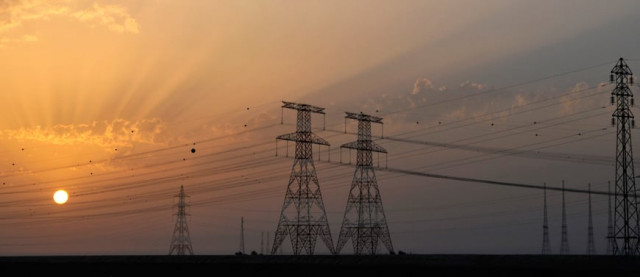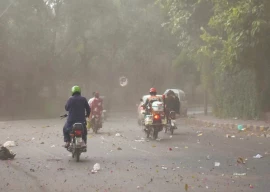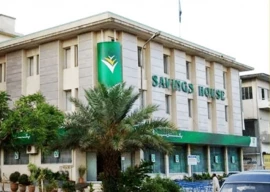
According to the ministry, sugar stock in the 2017-18 crushing season, which ran from October to September, stood at 7.158 million tons, of which 3.856 million tons were in Punjab, 2.281 million tons in Sindh, 0.470 million tons in Khyber-Pakhtunkhwa and the leftover was 0.541 million tons.
At present, the government is locked in the process of initiating crackdown on the sugar industrialists which are involved in hefty tax evasion on the sale of sugarcane byproduct - molasses. They have also defaulted on payments to farmers. The government has estimated the ex-mill sugar price at Rs45.86 per kg. It is also presumed that at the recovery level of 9.96%, 4.4% extra molasses are produced which fetches an additional profit of Rs21.12 per 40kg. However, the millers do not pay any tax on the sale of molasses. This means the millers are making billions of rupees by selling sugarcane byproducts, but are avoiding tax payment, which hits the national exchequer.
The Ministry of National Food Security and Research told the ECC that the Pakistan Bureau of Statistics had reported that the wholesale price of sugar was Rs54.88 per kg on November 15, 2018.
On the other hand, the International Sugar Organisation said sugar prices were fluctuating in the range of $335 to $353 per ton during the period November 1 to 15, 2018.
The Sugar Factories Control Act 1950 authorises provincial governments to fix the indicative price of sugarcane. The cost of sugarcane production in the 2018-19 season has been estimated at Rs179 per 40 kg in Punjab against Rs169.22 last year and Rs178.08 per 40 kg in Sindh compared with Rs171.96 in the previous year.
Khyber-Pakhtunkhwa uses the indicative price of sugarcane set by the Punjab government.
Furthermore, the ECC meeting was told that 82 sugar mills were running in the country with production capacity of 6.8 million tons per annum compared to national consumption of 5.3 million tons. In the past seven years, the area sown with sugarcane crop expanded 9% whereas production rose 22%. However, the sugarcane production is expected to fall to 68.25 million tons in the 2018-19 season because of multiple factors.
The Ministry of National Food Security regularly works out the cost of sugarcane production. In order to determine an appropriate indicative price for the next crop, all factors are taken into account including the cultivated area, world market outlook, cost of production, imports and exports, local and international prices and domestic requirement.
Sugarcane is a high-value food cash crop. Its production accounts for 3.6% of value addition in the agriculture sector and 0.7% in the overall GDP.
It is mainly cultivated for the production of sugar and related products like ethanol, molasses and press mud for the paper and board industry.
The ECC directed that defaulter mills commit to the State Bank of Pakistan that they would first repay the dues of farmers and bank loans from earnings through sugar export.
Published in The Express Tribune, November 30th, 2018.
Like Business on Facebook, follow @TribuneBiz on Twitter to stay informed and join in the conversation.

















COMMENTS
Comments are moderated and generally will be posted if they are on-topic and not abusive.
For more information, please see our Comments FAQ